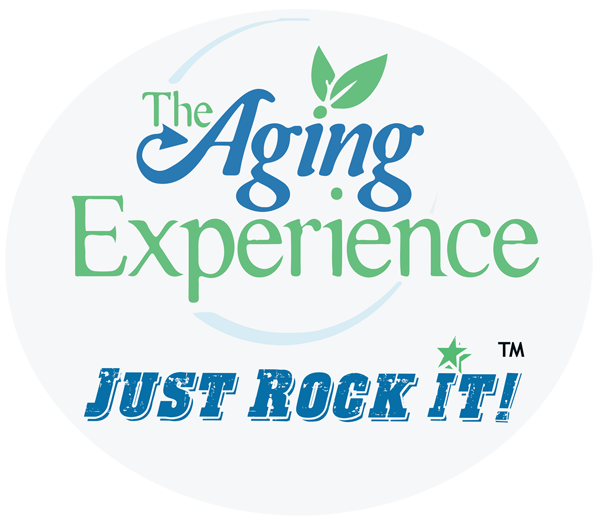Boomer Suicide Rate Rising (VIDEO)
[embed_youtube”420″ height=”315″ src=”//www.youtube.com/embed/RFj5SkjSC_M”]
Eating More Red Meat Associated with an Increased Risk of Type-2 Diabetes (VIDEO)
[embed_youtube”420″ height=”315″ src=”//www.youtube.com/embed/6qSug2TdLcQ”]
Boomer Suicide Rate Rising
 |
| Drug overdoses are one of the leading methods used in suicide attempts. |
The dual forces of the economic downturn and the caregiver crisis has caused the rate of suicide and suicide attempts by boomers to rise.
The CDC analyzed National Vital Statistics System (NVSS) mortality data from 1999ÛÒ2010. The results of this analysis indicated that the annual, age-adjusted suicide rate among persons aged 35ÛÒ64 years increased 28.4%, from 13.7 per 100,000 population in 1999 to 17.6 in 2010.åÊ
Among men, the greatest increases were among those aged 50ÛÒ54 years and 55ÛÒ59 years, (49.4%, from 20.6 to 30.7, and 47.8%, from 20.3 to 30.0, respectively). Among women, suicide rates increased with age, and the largest percentage increase in suicide rate was observed among women aged 60ÛÒ64 years (59.7%, from 4.4 to 7.0).
Possible contributing factors for the rise in suicide rates among middle-aged adults include the recent economic downturn. Job loss, intimate partner problems or violence, the stress of caregiver responsibilities (often for children and aging parents), substance abuse, and declining health or chronic health problem are other factors.
Most suicide research and prevention efforts have focused on youths and older adults. Prevention efforts are particularly important for boomers because of the size of the boomer population, our history of elevated suicide rates, and the movement toward older adulthood, the period of life that has traditionally been associated with the highest suicide rates.
In my Caring.com guest blog on living a meaningful life, I write about the fact that while caregiving is a challenge, it can also be viewed as a blessing and a sacred time to spend with loved ones, who possibly have a shorter amount of time left. Sadly there is an alarming rate of caregivers who precede their loved ones in death.åÊ
Caregiving is an opportunity to give back and have a closer personal relationship with the person to whom you provide care.
Over 20 years of performing for elders in nursing homes and assisted living communities, I’ve learned a number of life lessons.åÊ
I have observed eight traits of elders living a quality life that can teach us all something. In fact, I turned these lessons into a keynote presentation called “The Meaning of Life,” which I give for caregiving groups and long-term care professionals.
Read them at Caring.com and take a fresh look at who you are and the importance and significance of what you are doing as a caregiver.
åÊ
Echocardiographic in General Population Not Effective in Reducing Death/Disease (VIDEO)
[embed_youtube”420″ height=”315″ src=”//www.youtube.com/embed/C-aHmbcfA2g”]
We’re Exercising More But Getting Nowhere!
Of course they concluded that increased physical activity alone has a small impact on obesity prevalence at the county level in the US.åÊ
While the rise in physical activity levels will have a positive impact on the health of Americans in reducing cardiovascular diseases and diabetes, other changes such as reduction in caloric intake are likely needed to curb the obesity epidemic and its burden.åÊ
So yes it is DIET AND EXERCISE.










